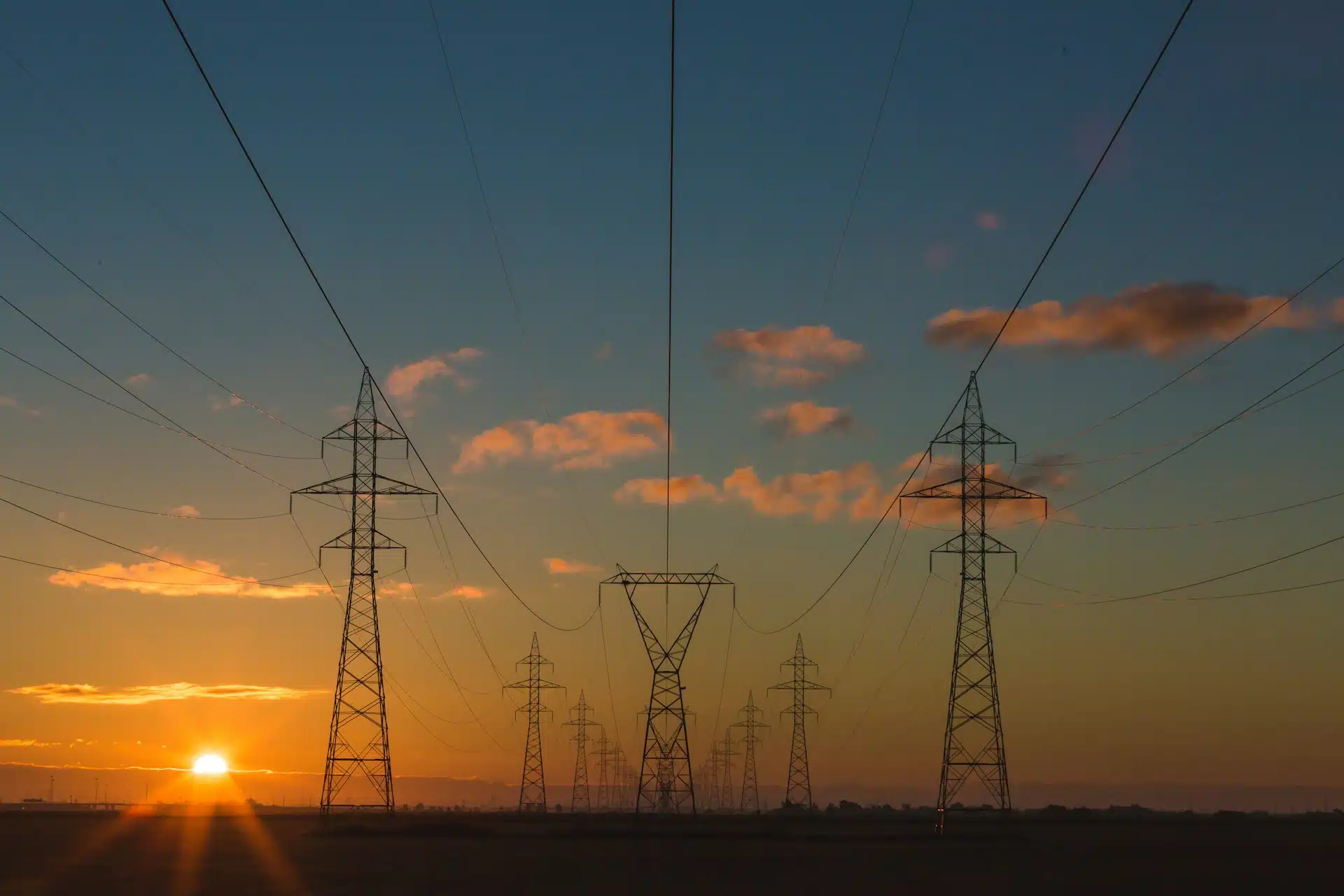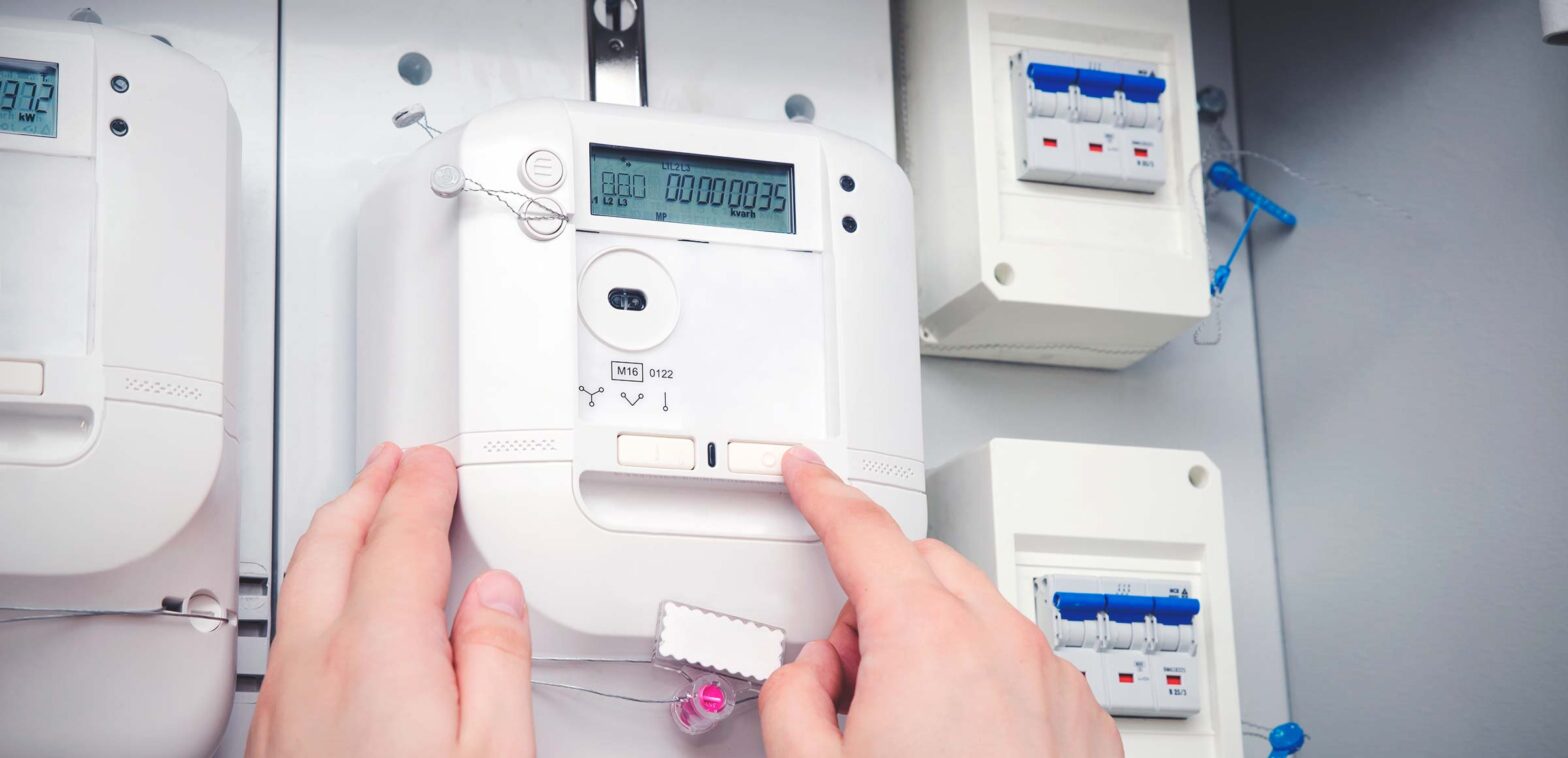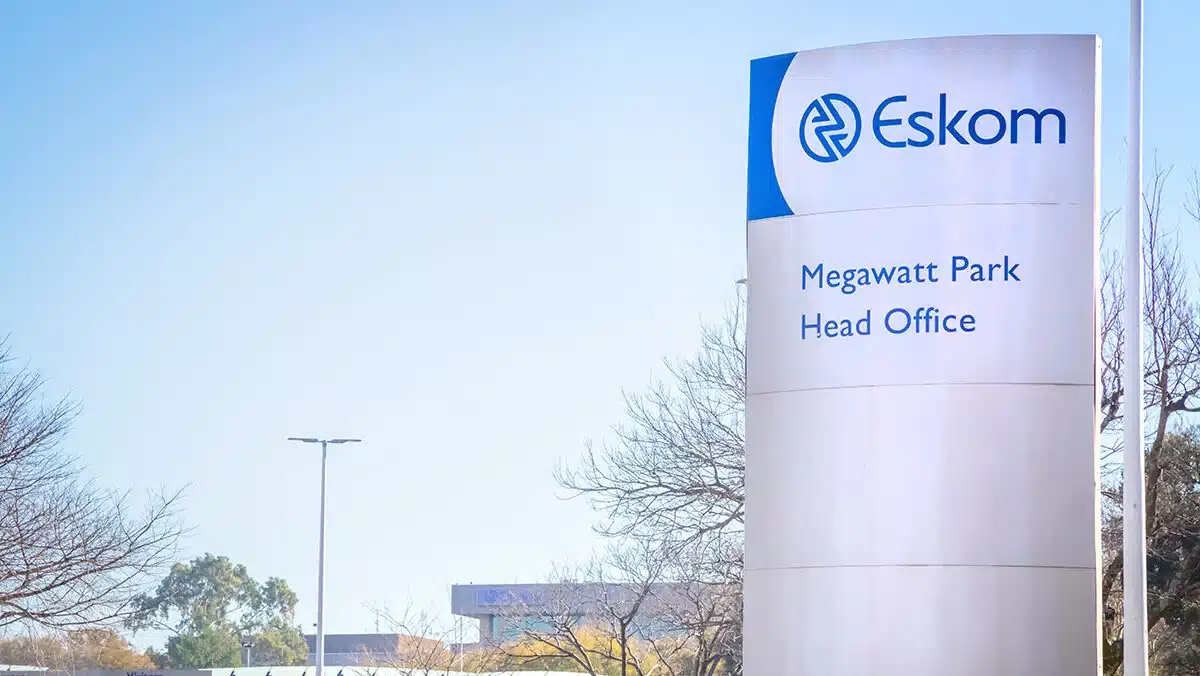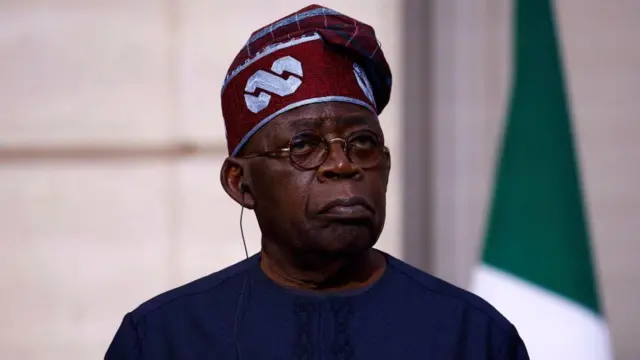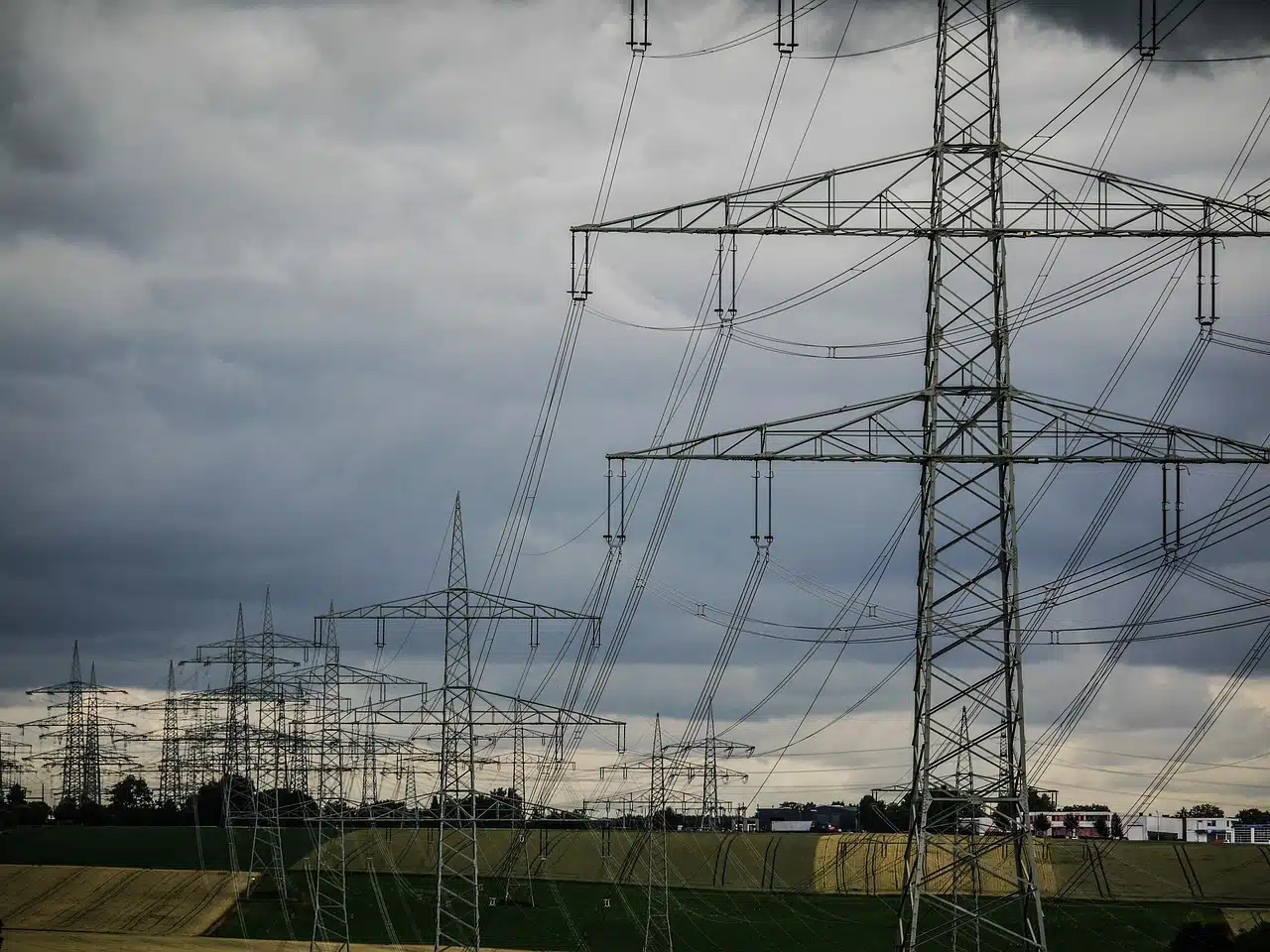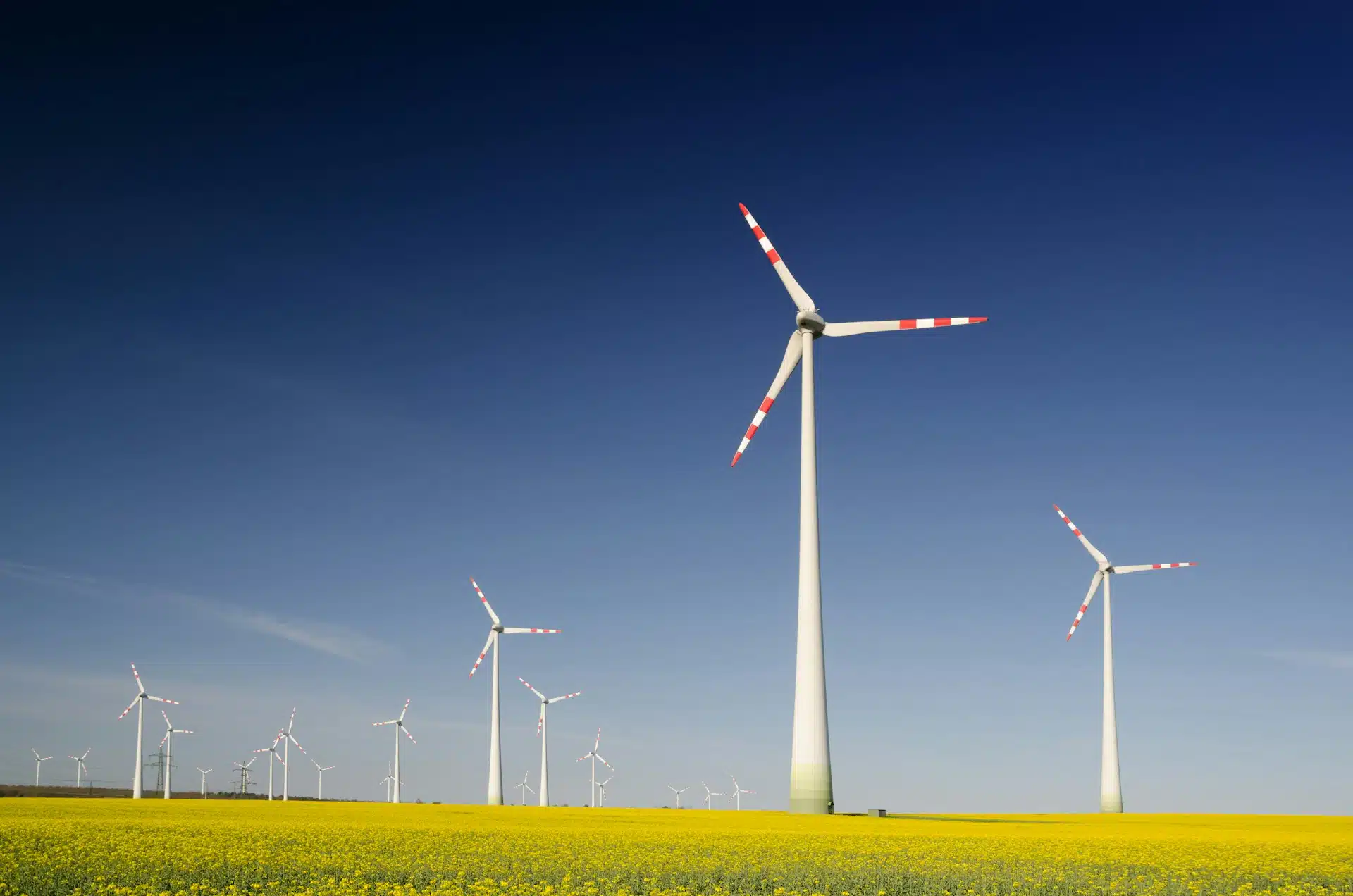Zimbabwe’s state-owned power utility company, ZESA Holdings, has announced an increase in load-shedding for all customers following a technical fault at Hwange power station.
In a statement on Monday, the utility company advised its stakeholders of the unforeseen fault, which has severely impacted electricity generation at the country’s largest thermal power station.
The fault, ZESA Holdings said, has resulted in a decrease in available electricity power supply.
“This unforeseen incident has necessitated increased loadshedding across all customer groups”, the company said, acknowledging the power cuts faced by households, businesses and other institutions.
The company also said its technical team is working to resolve the problem and restore normal operations to minimise the duration of the power disruptions.
Zimbabwe Power Company (ZPC), a subsidiary of ZESA Holdings, also stated that the total power supply coming from Hwange power station today is 670MW, down 307MW from the 979MW recorded two days ago on 3rd May.
ZPC also mentioned that the total power supply in Zimbabwe today is 1145MW, with 75MW coming from independent power operators and 400MW from the Kariba power station.
This is approximately half of what the country needs at peak electricity demand.
Zimbabwe’s electricity woes
For decades, Zimbabwe has depended on electricity generated from the Kariba Hydropower Station. But with recent drought conditions that have reduced water levels at the dam, Zimbabwe has been forced to look to alternative supply sources.
Zimbabwe is not alone in this. Its neighbour, Zambia, which depends on the Kariba Hydropower Station as well, is experiencing the same power shortage.
This caused Zimbabwe to shift its dependence to the coal-fired Hwange Power Station. The Hwange power station has seen its electricity generation capacity of 1500MW virtually halved by the recent technical fault.
The Hwange Power Station provides more than 50% of Zimbabwe’s power supply, and has been critical in preventing widespread power outages and maintaining socioeconomic stability in the country.
ZESA Holdings possesses a huge loan burden from renovating some of the units at the Kariba Power Station which amounts to $350 million.
Zimbabwe’s electricity diversification push
In a bid to develop its renewable energy outlook, Zimbabwe’s industrial power users secured $250 million in financing from the African Export-Import Bank (Afreximbank) in 2024 to develop a floating solar power plant on Kariba Lake.
The country’s Energy Minister Edgar Moyo also announced plans to collaborate with the International Atomic Energy Agency (IAEA) and Russian investors to develop small modular nuclear reactors as part of efforts to address the country’s chronic power shortages.
While these renewable energy projects have yet to be actualised, it shows Zimbabwe’s readiness to address its electricity woes and transition to clean energy.

